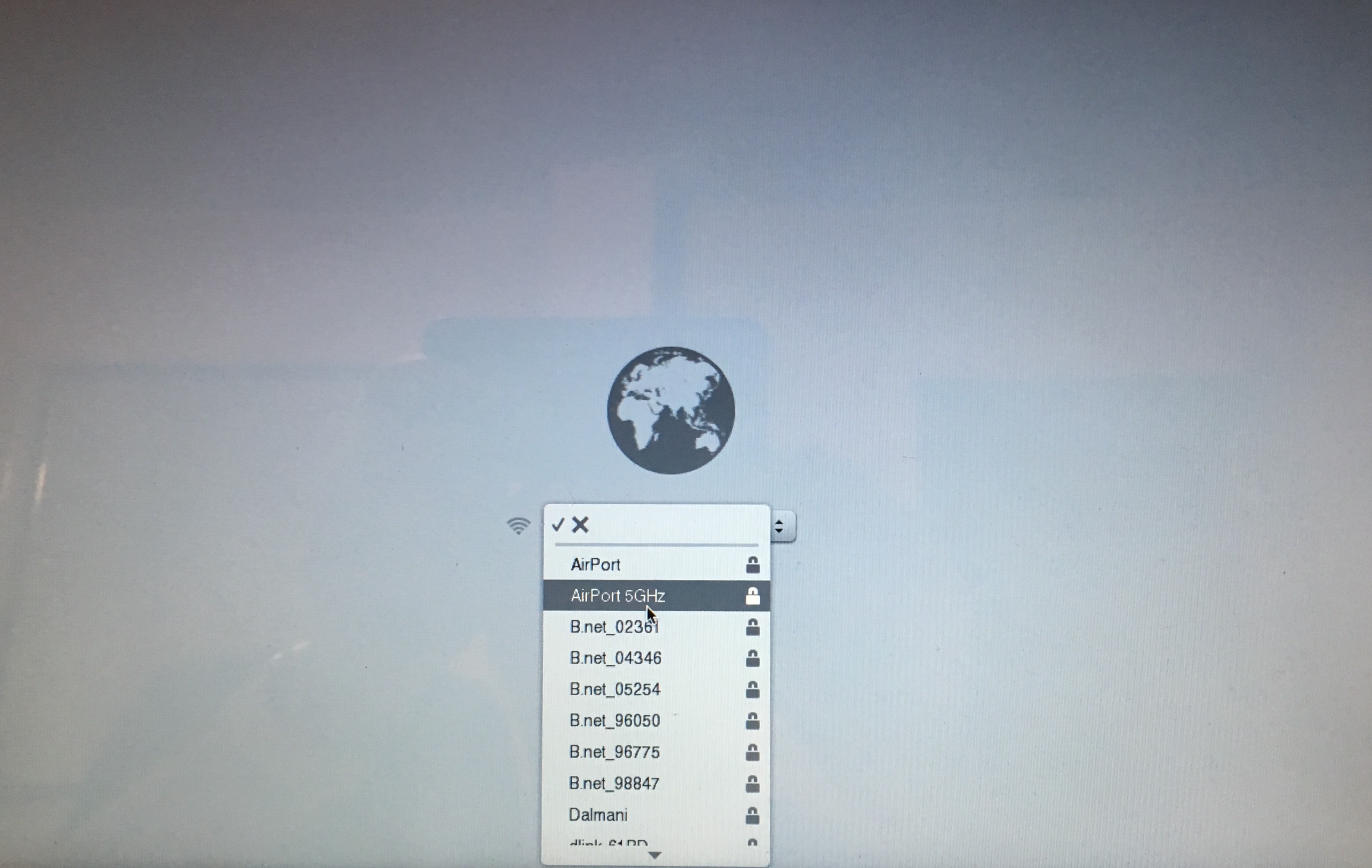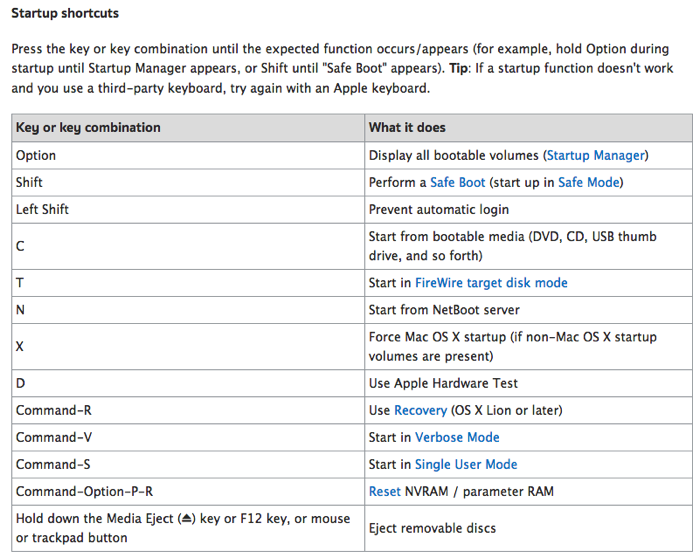

You can "Boot Camp" your machine, and choose at startup which operating system-OS X or Windows-you wish to run. It is possible to run both OS X and Windows on the same Mac. You could keep your old Windows machine and crowd your desk with two CPUs and keyboards, or two laptops. Or maybe you simply want to spend some time perfecting your Mac skills before you start using it for your job. You enjoy the OS X experience using VoiceOver, but you still need to use Windows because a critical piece of software does not run on Mac. If need be I would reinstall the operating system, without first erasing the disk assuming you have data you'd like to preserve.So, you've just purchased a Mac. If that didn't do the trick I would use Disk Utility to repair permissions, verify and repair the disk. If the issue persists for the test user then it's a system wide issue, if it doesn't then it's something in your ~/Library folder.

To narrow down the issue I would create a test user account (or just enable and login to the Guest user) to see if the issue persisted when logged in as the test user. If you see what I describe above then your key is functioning properly at the hardware level and the issue instead rests somewhere in your operating system. iFixit has a great guide (and possibly a replacement part) that shows the process.

The repair for this isn't terribly difficult although it is somewhat involved since the top case is basically the chassis that everything bolts to, meaning you have to tear the MacBook Pro down completely in the process.

If the key had popped off you could replace just the key but any sort of functional (non cosmetic) repair requires the keyboard be replaced. If this is the case then you have to replace the entire top case since the keyboard is built into this component. If you don't see these screens then your key is likely failed at the hardware level. This basically tests the option key at the most basic hardware level before the OS is loaded. This is just to verify what you should see. If you DO have a firmware password set then you will be prompted to enter the password before moving on. If done correctly, and assuming a firmware password is not set, you should see your internal hard drive show up on the display. Power on your Mac while holding the option key on your keyboard. Funny, I just replied at Stack Exchange as well.


 0 kommentar(er)
0 kommentar(er)
